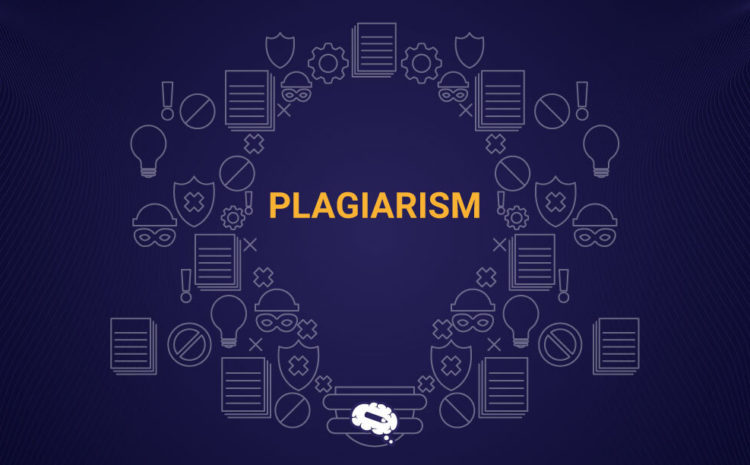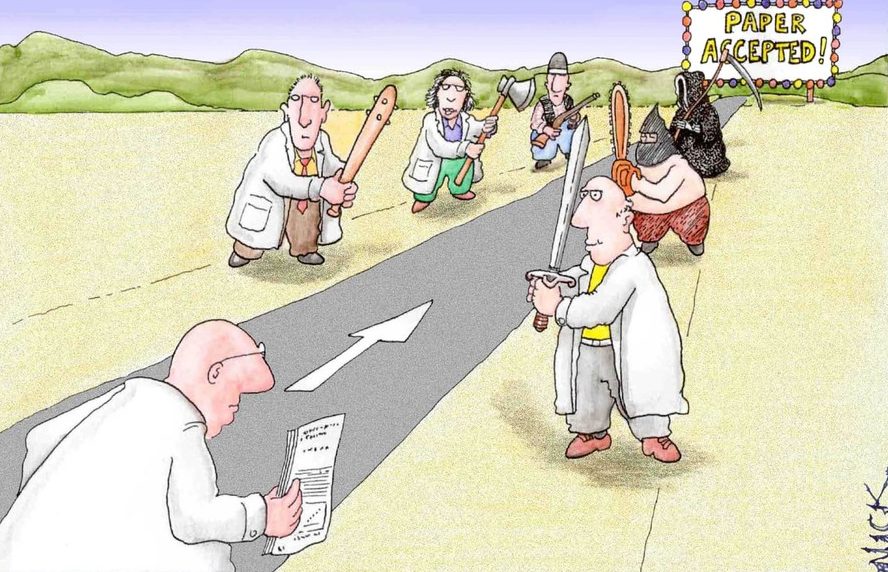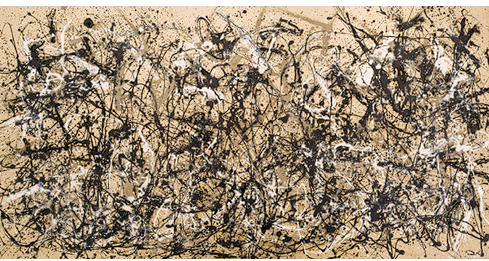Writing a research project, a paper, or even an essay takes extensive data collection and evidence gathering to produce thorough and high-quality writing. It can be challenging to create a research paper on a topic that has already been discussed; you must add the relevant details with caution to avoid plagiarism.
You must be able to recognize the many sorts of plagiarism to comprehend the best techniques to prevent it. In addition to some pointers on how to prevent plagiarism, this Mind The Graph article will give you all the pertinent details and distinctions regarding each type of plagiarism.
What is plagiarism?
When someone exploits another person’s intellectual property, such as words, concepts, or ideas without giving them proper credit, this is known as plagiarism. It is a disciplinary infraction that can occur in several types of situations.
Plagiarism can be deliberate or accidental, either way, it is a serious intellectual infraction that may have very detrimental effects, including retractions of papers and damage to an author’s reputation and trustworthiness. It is presently a significant issue in academic publication and the main cause of papers being retracted.
Learning and using the guidelines for ethical academic behavior is the greatest method to prevent plagiarism. Avoiding it involves using your academic abilities to make your work as good as it can be, not just making sure your references are all accurate or altering terms so no one will spot you paraphrasing.
Check out the many types of plagiarism and how they occur before we get into guidelines and tips for preventing it:
- Complete plagiarism: When you present someone else’s writing as your own. Every piece of material has to have appropriate citations and be listed in the bibliography. This is the worst kind of plagiarism, it is comparable to stealing and intellectual theft.
- Source-based plagiarism: Referring to a false or nonexistent source. This may be a fraudulent citation, false data, or data manipulation.
- Direct plagiarism: Consists of word-for-word copying of content from another document. It resembles complete plagiarism, yet there is only a small amount of it rather than the entire thing.
- Self or auto plagiarism: When you don’t credit yourself after using a part of your work that you previously generated in another project.
- Paraphrasing: Use the writing of other authors and make modest alterations. It is basically recreating someone else’s phrases with tiny grammatical and word modifications to make them your own. The concept hasn’t changed just because the words are new, though. This is one of the most typical forms of plagiarism.
- Mosaic plagiarism: Combine the works of many authors with your own. Since it incorporates someone else’s words or phrases into its own research, this could be harder to spot. It is a deliberate act and is also referred to as patchwork plagiarism.
- Accidental plagiarism: Unintentional paraphrasing or copying caused by negligence. Some people may be plagiarizing unintentionally and occasionally face the same consequences as those who do it deliberately. Accidental plagiarism frequently happens as a consequence of neglect, carelessness, or an error.
- Inaccurate authorship: Instead of crediting contributors, use the authorship instead. In group-developed work, this can occur when someone puts in the work but doesn’t receive credit or when someone doesn’t put in the work but receives credit.
Tips on how to avoid plagiarism
The first step in learning how to write a summary of an article is to understand that article summaries need to show that you can read and interpret information.
1. Don’t copy
Discuss other people’s ideas or discoveries and how they impact your argument in your writing, always referencing what you read rather than simply restating what you read. Avoid utilizing the cut and paste options while reading electronic material since doing so could urge you to simply copy what you’ve read verbatim.
2. Use sources
When composing your tasks, don’t only rely on only one source. Discussing concepts from a variety of sources demonstrates your ability to read extensively and generate your own opinions based on what you have read.
3. Take top-notch notes
Remember to include direct citations in quotation marks while taking notes from your sources, and always preserve a record of them. By doing this, you can prevent unintentional plagiarism. Additionally, it makes gathering references for assignments much simpler.
4. Quotation marks
Once more, quotation marks are crucial. If you must use a brief passage from another author’s words verbatim, be careful to include it in quotation marks to show that it is a direct quote.
Direct quotations are to be utilized with caution and shouldn’t include a lot of material. They should be employed if you are pointing out a key concept or indicating the source of a certain idea. Remember to reference any thoughts you use in your work if you are utilizing someone else’s.
How can I check for plagiarism in my research paper?
There are online tools that can assist you in figuring out whether or not your work contains any form of plagiarism. iThenticate, Dupli Checker, and Plagiarism Detector are three excellent online tools you may use to check for plagiarism.
It’s critical to remember that these plagiarism detectors find similarities rather than plagiarism, which means they may detect any kind of in-text citation, quotes or commonly used phrases. Therefore, even if your score is only 1%, you must examine each similarity and decide whether or not to alter your work.
As a result, you may normally adhere to these rules:
More than 10% is considered problematic.
Receiving a score between 5% and 10% isn’t necessarily a bad thing, examine it thoroughly. A score of around 5% is acceptable.
A tool to make scientifically accurate infographics in minutes
Create stunning infographics with the help of the Mind The Graph infographic templates to give your research a more appealing visual presentation. We turn scientists into designers to boost your impact. globally.

Subscribe to our newsletter
Exclusive high quality content about effective visual
communication in science.






